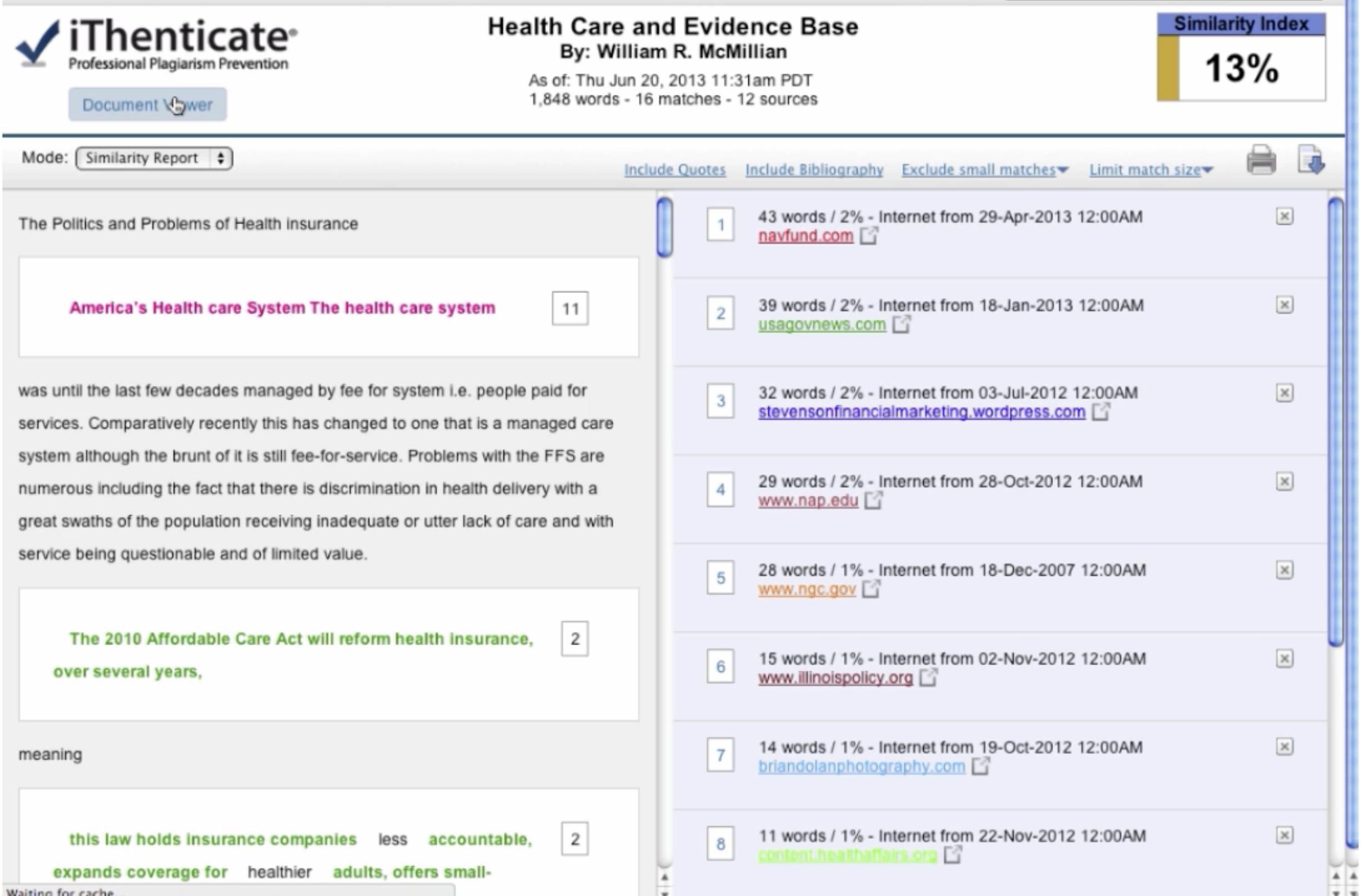

For those working in an academic context, we will briefly discuss the role of the campus institutional review board.

We will discuss how to mine and triangulate data, including using headcounts, observational data, logs of use, anonymous feedback (white boards, sticky notes), or quick polls. We will discuss the strengths, limitations, and lessons learned. We will identify the timeline, stakeholders, methods used, data collected, and strategies for reporting. We’ll start by sharing case studies involving urgent, time-sensitive data requests about a range of library spaces. This half-day workshop will focus on how to scope and conduct timely, library-specific space assessments that can be completed on a short timeline. However, the need for data often emerges with little notice, necessitating urgent, agile, and creative response. In a perfect world, we would have the time, resources, and support to proactively gather information about space use and impact. These methods and approaches can produce rich data that can meaningfully inform decision-making – but they also take time and training to be done effectively. Much of the library literature around space assessment focuses on either needs assessments conducted in the lead up to a renovation, or on the application of ethnographic methods to open-ended user research. To prepare for this meeting, the director needs information about who uses a particular space within the library, why they use it, and where those users would go if the XYZ study space is reimagined as this center. The director of the library is meeting with stakeholders in two weeks.


Your library has been identified as a possible location. Imagine there are discussions about starting a new resource center on campus or in your community.


 0 kommentar(er)
0 kommentar(er)
